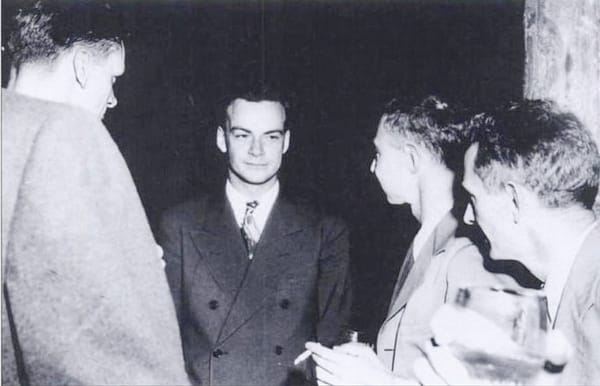Connect with conservation: Snake Fungal Disease
Steve Allain, our resident conservationist, on the latest threat to snake populations.

In recent years, we have seen a spike in the number of fungal diseases infecting wildlife, causing population declines. This includes the chytrid fungus in amphibians and white-nose syndrome in bats. Recently, a new fungus has been discovered in the US, which so far seems to exclusively infect snakes. Snake Fungal Disease (or SFD for short) can infect the eyes, nose, mouth, throat, and lungs, resulting in blindness and difficulty eating for the infected snakes. In extreme cases there is deformation, which causes disability in terms of feeding. Scientists believe SFD has been around for a lot longer than we have currently identified, but – for some unknown reason, such as a change in the environment – the fungus has become more virulent in recent years.
In the US, where the disease was first discovered, a number of snake species have suffered from localised population declines due to SFD. It may not sound important, but snakes play a vital role in the ecosystems they inhabit, acting as a natural pest control and even helping to reduce the incidence of diseases like Lyme disease. With the loss of snakes in an environment, the levels of pest species are likely to rise, which may lead to increased damage to human property. Unfortunately, SFD is not just restricted to the US: it has recently been found in the UK and the Czech Republic. Here in the UK it affects our humble grass snake but the true effects of the disease on populations are not currently known – our snakes may be more resilient, or they may decline as in the US.
It is important to stress that the diseases listed above currently only affect wildlife and not humans, and it is very unlikely they will pose a threat to us. Most of the time, the effects of SFD in infected snakes seems to be fairly mild, but in some cases, and for reasons which we do not yet fully understand – it can be extremely dangerous. There is still a lot we need to learn about in terms of the mechanisms of spread and infection of SFD. Due to its relatively recent discovery, there are so many aspects still to learn, but hopefully we will, one day, be able to prevent declines like those seen in the US.










